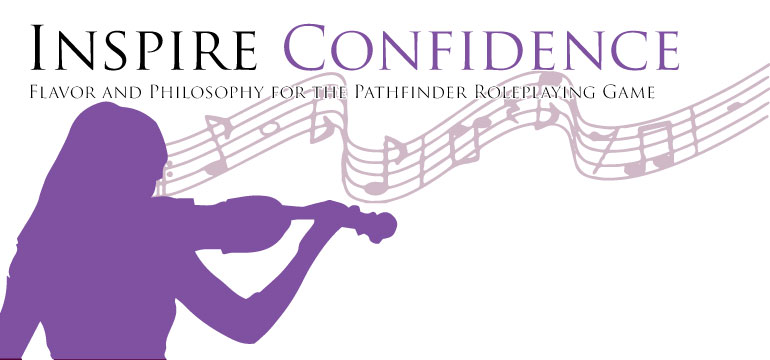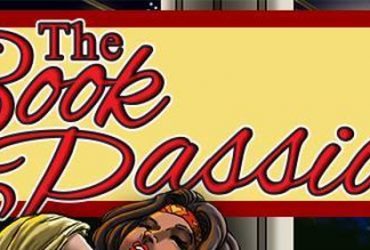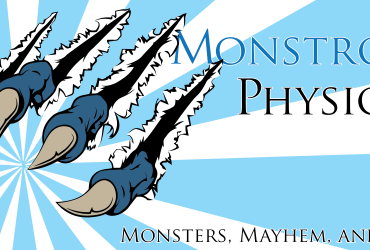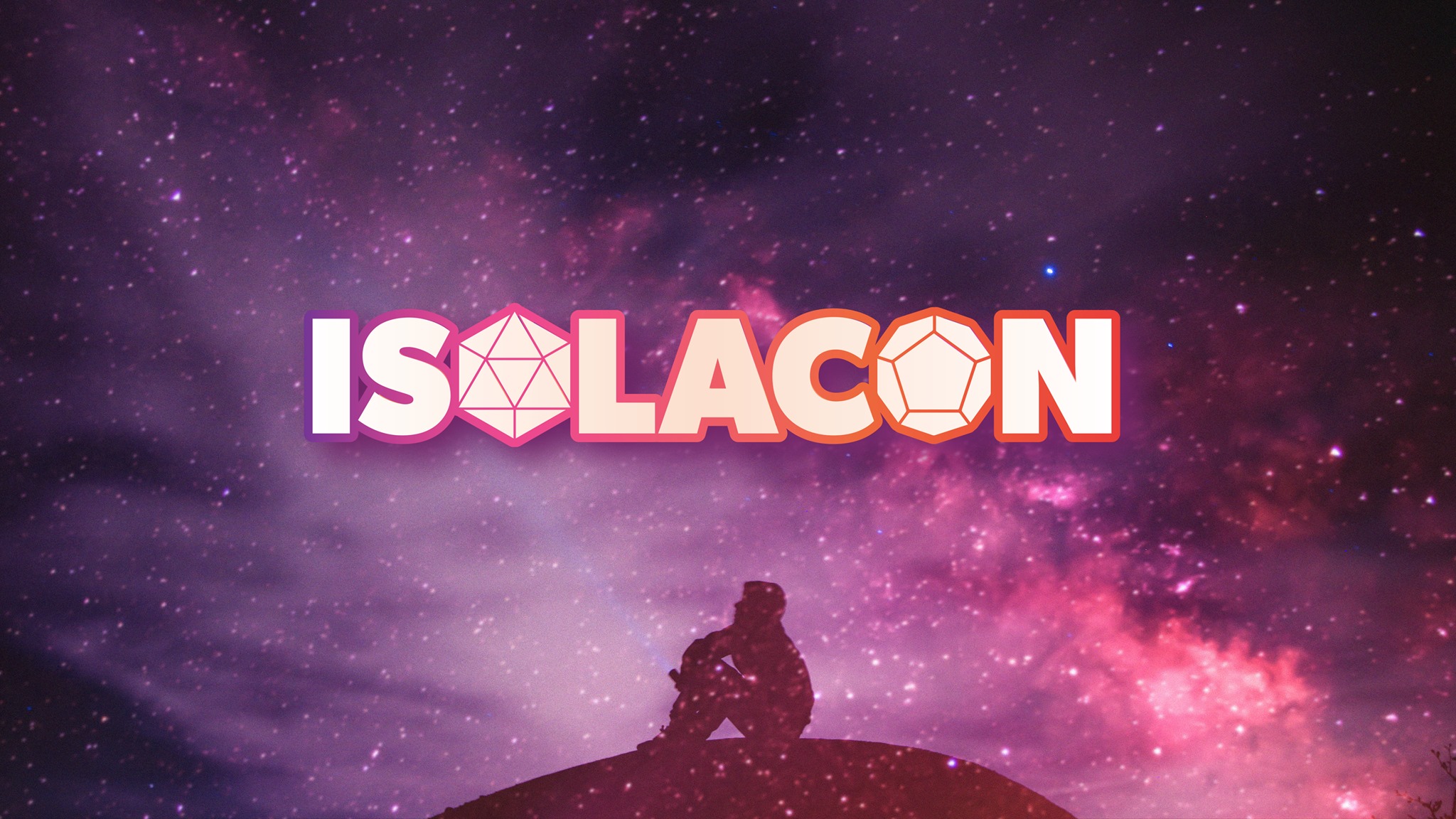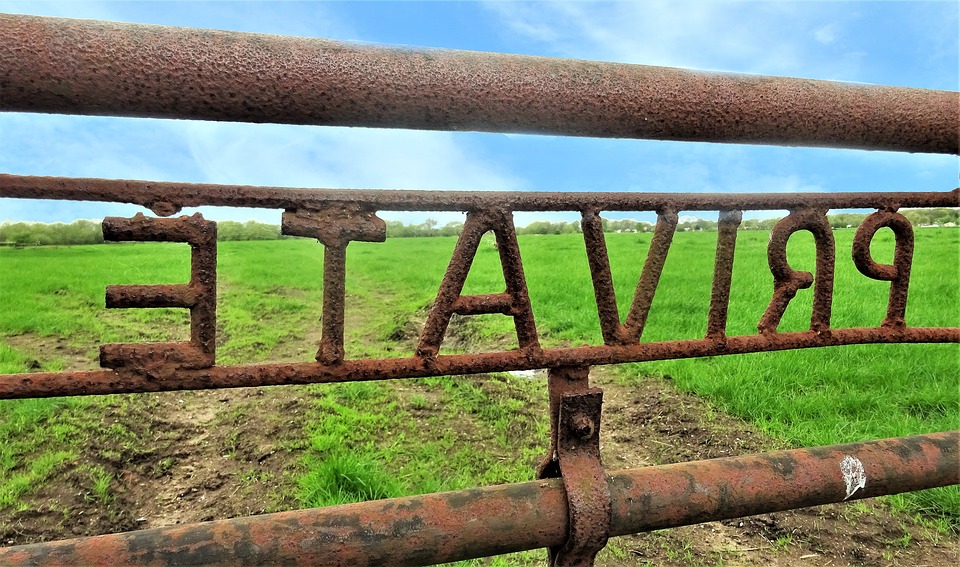In an age when we use technology to communicate across great distances – email, Skype, social media, instant messenger – we no longer have to labor alone over our creative processes, opening up the possibility of far reaching collaborative work in all areas, but today we’ll talk about collaborative writing. One of my favorite novels was written collaboratively, Good Omens, by Neil Gaiman and Sir Terry Pratchett.
Choosing a collaborator or team
Unlike writing by yourself, collaboration comes with some amazing benefits and some potentially devastating risks, choosing your collaborators carefully is critical. If you are in a position to choose your own collaborators, finding people that you already have some kind of working relationship with is a plus, however, if you agree to be part of a collaboration, getting to know new people and broadening your world view can be exciting and enriching. Regardless of how the collaboration begins, make sure you do your homework – does your partner(s) have a proven track record of producing quality products on time? Are they good communicators? Because if a person can’t turn over product on time, which happens, do they communicate that there’s a problem, that they have a plan, and do they communicate that in a timely enough fashion to keep the overall product on track? Or do they go radio silent and leave everyone wondering if the turn over date is going to be filled with disappointment and regrets. Team members who drop the ball and can’t pick it back up can break your project, which means setting milestones and review feedback critical ways to make sure you get the final product everyone is hoping to publish. Always have a backup plan, because whenever you’re working with someone else, unforeseen emergencies can arise.
Ground rules
Depending on the size and scope of the project, it may be necessary to lay some ground rules. Definitely if money is going to be involved, contracts are always recommended, if this is just something you’re working on for a home brew, it still might be worth putting something into writing on the nature of ownership, you never know what can happen, even among friends. Have a definitive idea of what your project entails. Are you writing about space pirates or deep delving dwarves? Start with a planning session of some kind, make sure everyone is on board with the project as is before beginning.
I was involved in a large world building project with numerous collaborators, such a project requires some kind of leadership, a person or two who hold the big vision, who keep things moving forward and pick up the dropped threads when they happen, essentially a project leader. That person assigns out pieces and makes sure everything comes back in to be moved to the next step.
Most of my collaborations happen in my living room, sitting across from my chosen collaborator. However, despite being married to my collaborator, we still lay some ground rules. We discuss what project we’re working on together and how we’re going to split up the writing. In game design writing, we find the sections we personally like and then agree to divvy up the parts neither of us might be drawn to. Sometimes we negotiate who’s going to get to write the awesome part, this usually involves rock, paper, scissors – best of three.
How to write collaboratively
There are several products on the market that I’ve used for collaborative writing and undoubtedly many others out there. Basecamp is one tool that I used on the large world building project that involved over a dozen collaborators. It allowed everyone on the project to see the thought process of all the other collaborators, even if they weren’t specifically working on the same piece, allowing for a cohesive hive mind to set in and provide everyone with some insight into the big picture.
When we write collaboratively here, we’ve used a couple of different methods. Google docs allows for collaboration in real time on the same document. It lacks formatting options and once our document is finished, we move it to Word for formatting, which is clunky but gets the job done. We use if for smallish projects or spot issues on larger projects. Overall we usually work in independent Word documents and utilize Dropbox with shared folders.
Then there’s old fashion paper and pen writing in a common real space and looking it over together. We rarely use that kind of work space, but there comes a time where sitting next to each other and furiously scribbling down notes in a shared brain storm.
Ultimately, working with other people can be a great opportunity to learn more about a subject, rules, or the creative process, it can be deeply rewarding when all involved parties do their parts.

